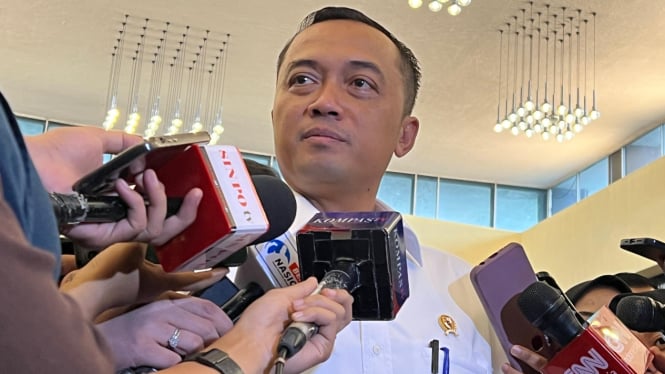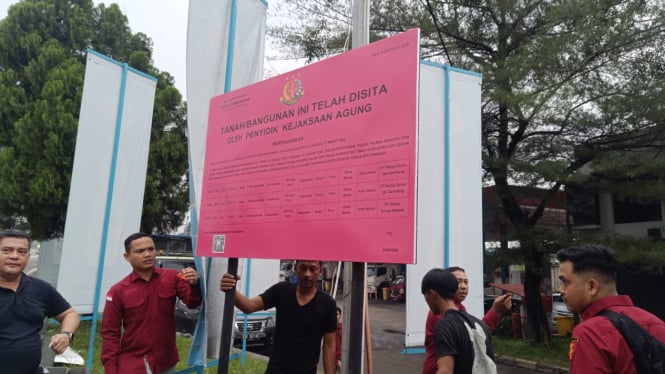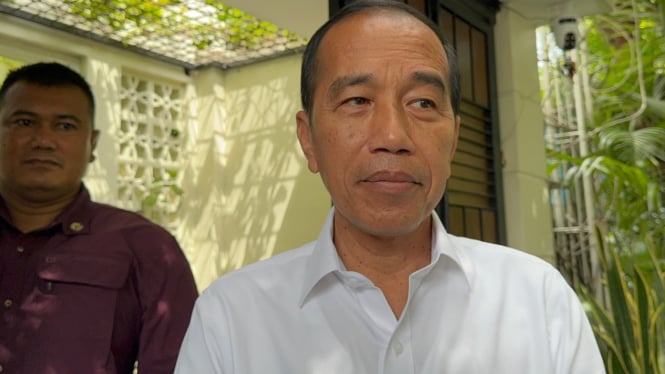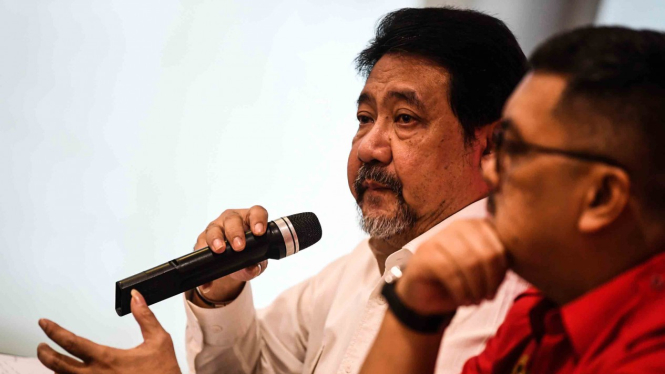Jakarta, VIVA – A total of 120 cardinals from around the world now hold a crucial role in shaping the future of the Catholic Church.
They're the selected figures eligible to participate in the election of a new pope following the death of Pope Francis on Monday (Apr 21).
The passing of the Church's top leader, known for his reformist spirit, brings profound sorrow while also marking the beginning of the conclave to choose his successor.
Pope Francis, the first pope from Latin America, was renowned for promoting a spirit of change during his papacy.
He championed openness within the Church toward various communities, especially those who had long been marginalized.
Paus Fransiskus saat tinggalkan Indonesia
Photo :
- AP Photo/Tatan Syuflana
Who is Eligible to Vote for the Next Pope?
In Catholic tradition, the election of a pope is carried out through a process known as a conclave, a term derived from the Latin cum clave, meaning "with a key."
This process is conducted in strict secrecy and is limited to cardinals under the age of 80.
According to The Guardian, out of roughly 220 cardinals worldwide, only about 120 meet the criteria to participate in this election.
Interestingly, about two-thirds of these 120 voting cardinals were appointed directly by Pope Francis during his tenure.
This suggests that the next pope will likely share similar views and a vision aligned with that of the late pope.
About two weeks after the pope’s death, the cardinals will gather in the Vatican and stay at the Domus Sanctae Marthae, a residence designated for them.
The voting will take place in the Sistine Chapel, famously adorned with Michelangelo’s frescoed ceiling.
Once all non-essential personnel leave — marked by the command extra omnes — the chapel is sealed.
All communication with the outside world is cut off to ensure complete secrecy. The cardinals then hold two voting sessions each day.
To be elected, a candidate must secure a two-thirds majority. If after 30 rounds of voting no one achieves this, a simple majority is sufficient.
Each ballot is burned after voting. If no pope has been elected, black smoke rises from the Sistine Chapel chimney. When a pope has been chosen, white smoke signals to the world that a new spiritual leader has emerged.
Once elected, the new pope changes into the official papal vestments in a special room known as the Room of Tears.
Shortly thereafter, he is presented to the faithful from the balcony of St. Peter's Basilica.
Halaman Selanjutnya
In Catholic tradition, the election of a pope is carried out through a process known as a conclave, a term derived from the Latin cum clave, meaning "with a key."

 4 weeks ago
15
4 weeks ago
15

















































